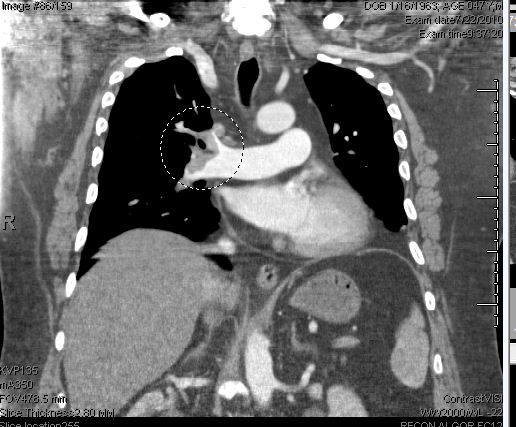Diagnosing Pulmonary Embolism in Patients with Suspected or Established Chronic Lung Disease
Abstract
We recently identified four patients with pulmonary embolism (PE) who presented with progressive, but nonspecific, respiratory symptoms and were initially diagnosed with an exacerbation of established or presumed airflow obstruction. No specific explanation for the apparent respiratory exacerbation was found and each patient failed to respond to bronchodilator and/or antibiotic therapy, thereby triggering an evaluation for PE. Pulmonary embolism occurs with disturbing frequency in the setting of an apparent chronic airflow obstruction exacerbation without a clear explanation. Suspicion of PE by the clinician is essential as patient symptoms and routine laboratory evaluation do not always differentiate PE from exacerbation of airflow obstruction. D-dimer determination is a reasonable first diagnostic step with subsequent testing directed by the D-dimer result in the context of an individualized assessment of PE risk. The diagnosis of PE in this setting is critically important for avoiding the attendant morbidity and mortality associated with untreated PE.Downloads








